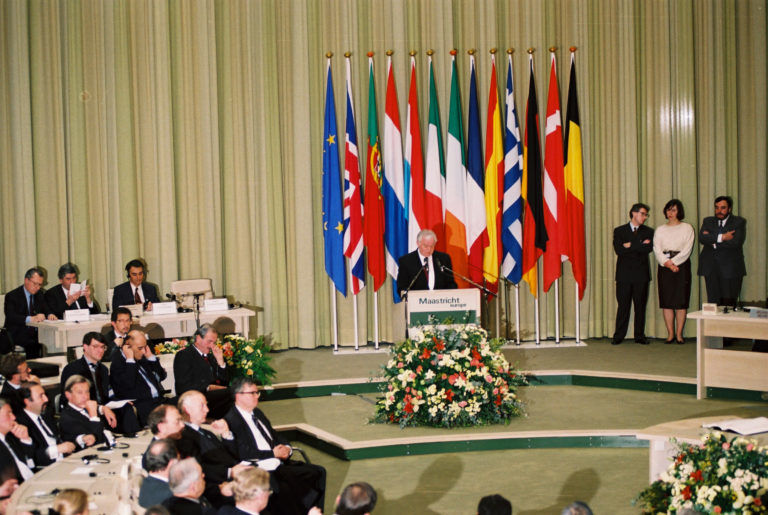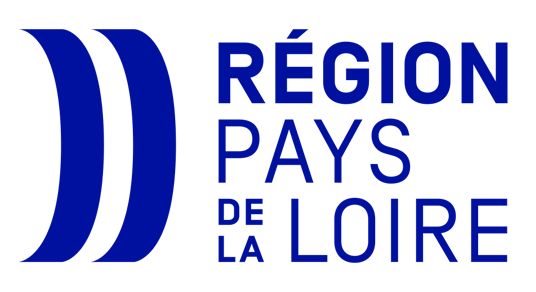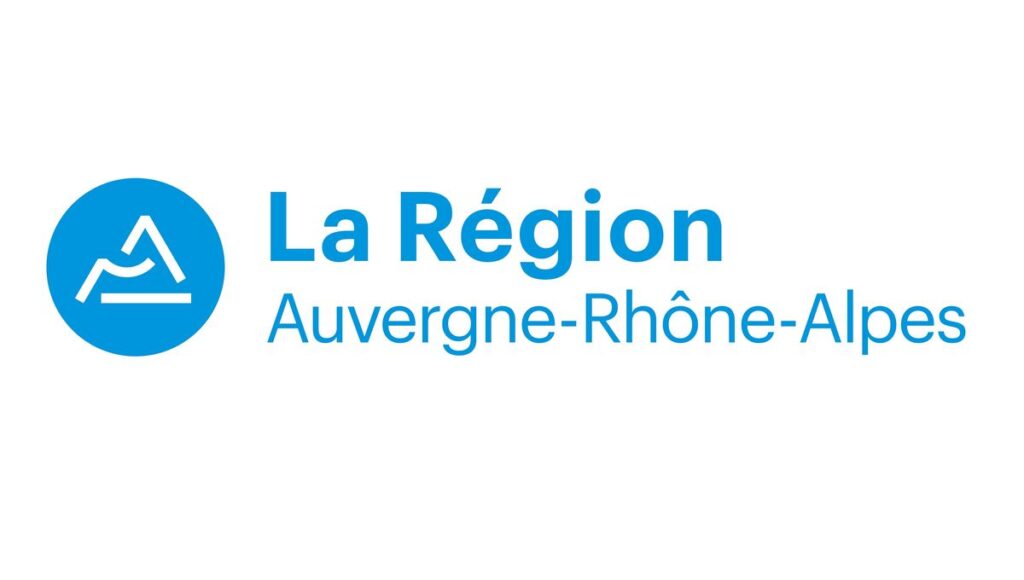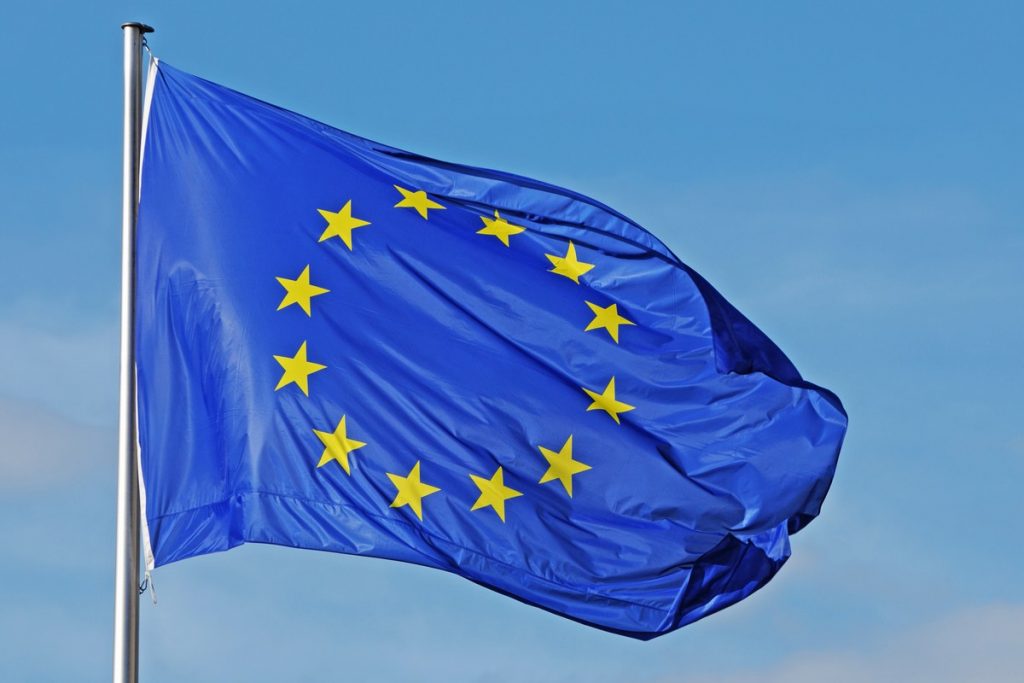How did we arrive at the Treaty of Maastricht ?
The beginnings of a European Union were sketched out long before the Maastricht Treaty.
At first, in May 1950, Robert Schuman, the French minister of foreign affairs made a declaration in which he suggested creating a European Coal and Steel Community. The members would pool their coal and steel production. Following this, to counter the ravages of the Second World War, the ECSC (European Coal and Steel Community) was created in 1951.
After the success of the ECSC Treaty, the six founding countries (Germany, France, Italy, the Netherlands, Belgium and Luxembourg) decided to continue their cooperation in various sectors. Two treaties were therefore signed in 1957. One established the European Economic Community (EEC) and the other the European Atomic Energy Community (EURATOM).
The agricultural sector having played an important role in Europe’s post-war economy, the six founding countries decided to create the CAP (Common Agricultural Policy) in 1962. The main objectives of the treaty were to provide EU citizens with affordable food and to ensure a fair standard of living for farmers.
In 1968, the Customs Union was created to facilitate trade between countries. The aim was for trading partners to agree among themselves on preferential access to their markets for their pre-products and services. To guarantee the effectiveness of this treaty, member countries had to abolish their customs duties and set up a common customs tariff.
After several refusals from France, which feared a weakening of the hard-won Communities, the United Kingdom joined the common market in 1971. It was officially admitted on January 1st, 1973, as were Ireland and Denmark. The second enlargement of the Community took place in 1981 with the integration of Greece.
In 1985, to facilitate the movement of people between signatory countries, the Schengen Agreement was signed. The agreement was ratified by five members of the European Community: Germany, France, the Netherlands, Belgium and Luxembourg. This was the first step towards the creation of the Schengen area.
A third enlargement of the Community took place in 1986 with the accession of Spain and Portugal. The same year, the treaty of Roma which established the EEC was amended and the Single Act took place. On February 17, 1986, nine member states signed the Single European Act (SEA), followed by Denmark, Italy and Greece on February 28, 1986. It came into force on July 1, 1987. This treaty modified the decision-making process of the European Community, introducing qualified majority voting in the Council and strengthening the powers of the European Parliament. It also extended the Community’s powers to new areas, such as research, the environment and foreign policy.
In 1992, the treaty of Maastricht was signed. It’s the founding act of the European Union.
What is the Treaty of Maastricht and what were the issues ?
Now, let’s zoom in on this fundamental treaty, the Treaty of Maastricht.

This treaty, which came into force on November 1, 1993, establishes a European Union between the 12 member states of the Community (Belgium, Denmark, France, Germany, Greece, Ireland, Italy, Luxembourg, Netherlands, Portugal, Spain and the United Kingdom).
Under the label of European Union, there are three main pillars:
- the European Community (replacing the EEC), with the extension of supranational powers to include the other two Communities (ECSC and Euratom).
- the cooperation on common foreign and security policy (CFSP).
- the cooperation on justice and home affairs (JHA).
The treaty establishes a European citizenship that complements national citizenship and gives new rights: the right to move and reside freely within the countries of the Union ; the protection abroad by the embassies and consulates of any member state when a state has no diplomatic representation in that state ; the right to vote and to be elected in the state where one resides for European and municipal elections under certain conditions ; the right to petition behind the European Parliament and the right to lodge a complaint with the European Ombudsman concerning the malfunctioning of the Community administration.
With this treaty also came the idea of a common market, and thus the creation of the Economic and Monetary Union (EMU), which took place in several stages.
First, between July 1, 1990 and December 31, 1993, capital movements were liberalized. Then, as of January 1, 1994, a reinforced coordination of economic policies was introduced. The aim was to reduce inflation, interest rates and exchange rate fluctuations, as well as to limit national deficits and public debt. These criteria exist to ensure the convergence of member states’ economies, prior to the use of a single currency. The third and final stage in this process was the creation of a single currency, on January 1, 1999, and the establishment of a European System of Central Banks, grouping national central banks around a European Central Bank (ECB).
Finally, the Maastricht Treaty goes beyond the basic objective of the European Community, which was to create a common market, and goes so far as to give the European Union a political vocation.
And now, where do we stand and what does the future hold for the European Union?
Since the Maastricht Treaty, new countries have joined the community, bringing the number of European countries to 27. New treaties have also been introduced to allow the European Union to evolve. But are they enough?
Indeed, the European Union is the subject of much criticism.
Firstly, the European Union is often criticized for its lack of democracy. Although reforms have always been put in place to give citizens more power through the European Parliament, the power of the institutions remains limited. Member states remain the major players, and some institutions are run by unelected experts, such as the European Court of Justice. Furthermore, turnout at European elections has never exceeded 50% since 1999, leading some to believe that the European Union has not won over everyone.
In connection with the lack of democracy, the European Union is often cited for not being supported by its citizens. Some believe that the European Union has failed to create a demos, a political community sharing common values and interests.
Other criticisms include a lack of transparency, legitimacy and efficiency.
The future of the European Union is a complex, multifaceted subject that we could approach from a number of different angles.
We could start by talking about the extension angle with the proposal by the President of the European Council to prepare the EU for further enlargement by 2030. However, we must not forget that joining the European Union is not a quick and easy process, and each country must be assessed individually.
We might also think that it is necessary to reform the European Union to make it more efficient, more democratic, more engaged, and to prepare for the arrival of new members. For example, the European Commission has set out a number of priorities that shape the policy agenda until 2024, aiming to address the main challenges facing the EU and its citizens.
In conclusion, the future of the European Union is not clear and will depend on many factors, such as reforms, future enlargements or cooperation between Member States in the years to come.










